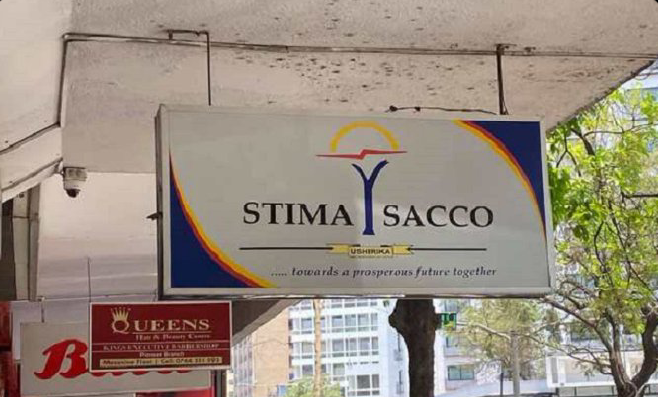As an employee of Stima Sacco, it is disheartening to witness and experience the high levels of corruption that plague of recruitment process.
This pervasive issue has severe implications for both internal and external candidates, undermining the integrity and morale of the entire organization.
Within Stima Sacco, there exists a stark divide between employees on temporary contracts and those who are permanent and pensionable.
Contract employees face significant challenges, including job insecurity and inadequate compensation.
Despite performing similar roles, contract employees are subjected to salaries that do not exceed Ksh 30,000 per month.
These employees are forced to endure the demeaning process of begging for job renewal every three months, regardless of their performance.
Permanent employees at grade 9 earn over Ksh 100,000 with an array of benefits, highlighting a glaring disparity.Moreover, contract employees face significant obstacles in accessing loans from the Sacco.
The process is cumbersome and discriminatory, further exacerbating their financial struggles.
It is no wonder that every contract employee aspires to secure a permanent position, a dream that remains elusive due to the rampant corruption within the HR department.
The HR office, particularly under the leadership of Mrs. Beryl Olang, has become a hotbed of nepotism and favoritism. It is an open secret that Mrs. Olang uses her position to bring in relatives and friends, turning Stima Sacco into a family gathering.
Her kin and the relatives of a few rogue management team members are given preferential treatment, securing positions regardless of merit.
For instance, the Nakuru Branch manager has shamelessly employed his children at the Sacco, a clear conflict of interest.
These relatives and friends often enter the organization through the call center or as casual employees in the branches, quickly securing permanent positions within a year.
Meanwhile, dedicated contract employees who have served the organization for over seven years, some nearing a decade, are left in limbo with no hope of advancement.
This blatant favoritism normalizes unfair labor practices and demoralizes the workforce.
The mock interviews conducted for these positions further highlight the corruption.
Employees attend these interviews knowing full well that the job has already been reserved for a specific individual, often a relative or friend of the HR or a management team member.
This charade reduces hardworking employees to mere flower girls and page boys, stripping away their dignity and hope.
This deeply entrenched corruption is not just a violation of ethical principles but also a significant impediment to the growth and success of Stima Sacco. It erodes trust, fosters resentment, and stifles innovation and productivity.
To restore integrity and fairness within the organization, it is imperative that these corrupt practices are exposed and addressed.In conclusion, the corruption in Stima Sacco’s recruitment process is a grave issue that demands immediate attention.
The disparity between contract and permanent employees, the nepotism within the HR department, and the mockery of the interview process are all symptoms of a deeply flawed system.
It is time for Stima Sacco to uphold the principles of transparency, fairness, and meritocracy, ensuring that every employee is given an equal opportunity to thrive.





















Add Comment